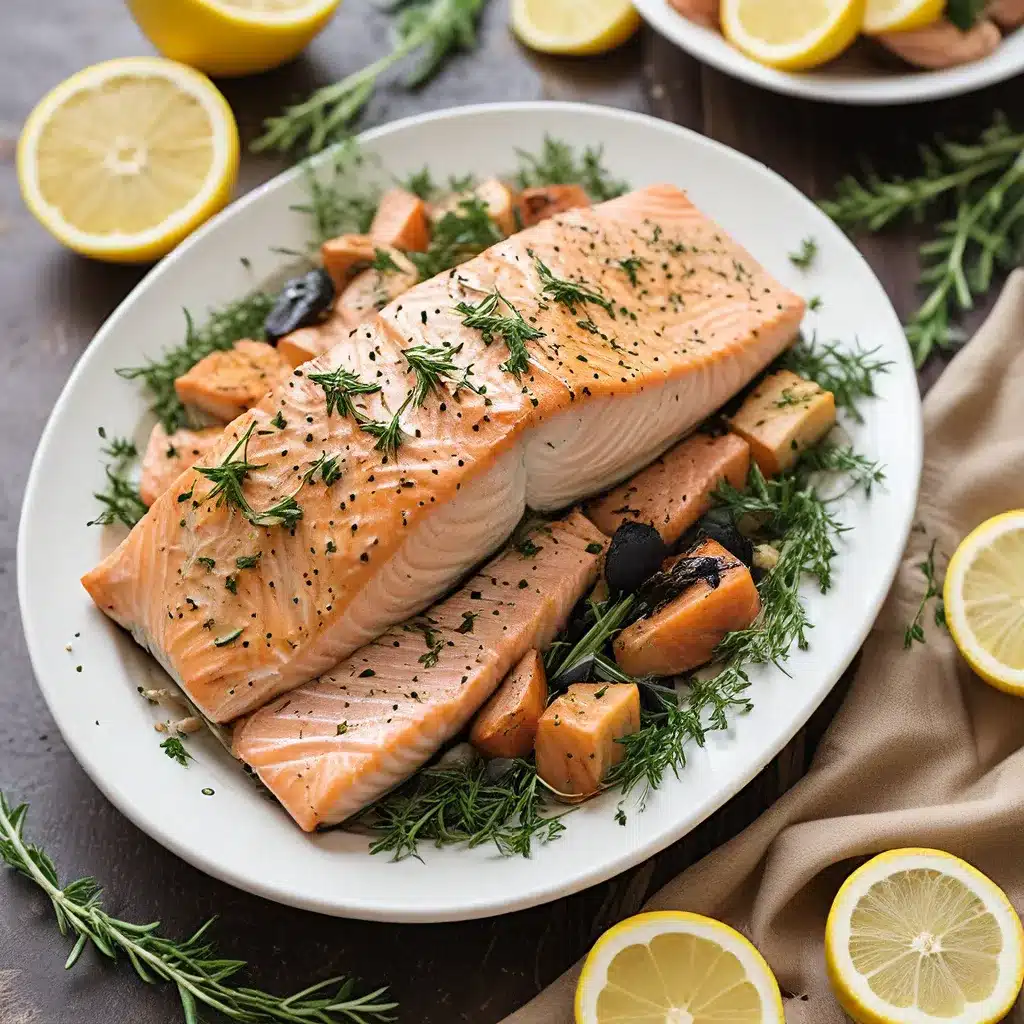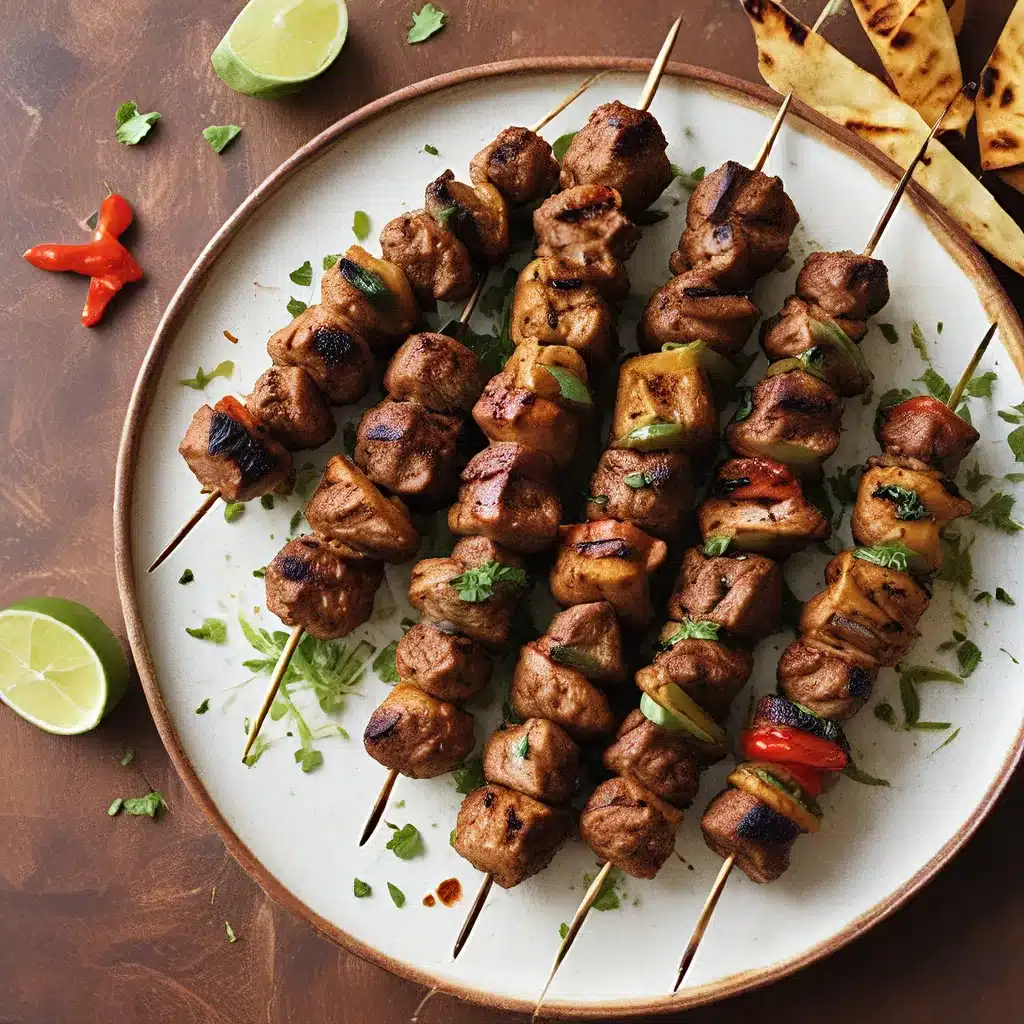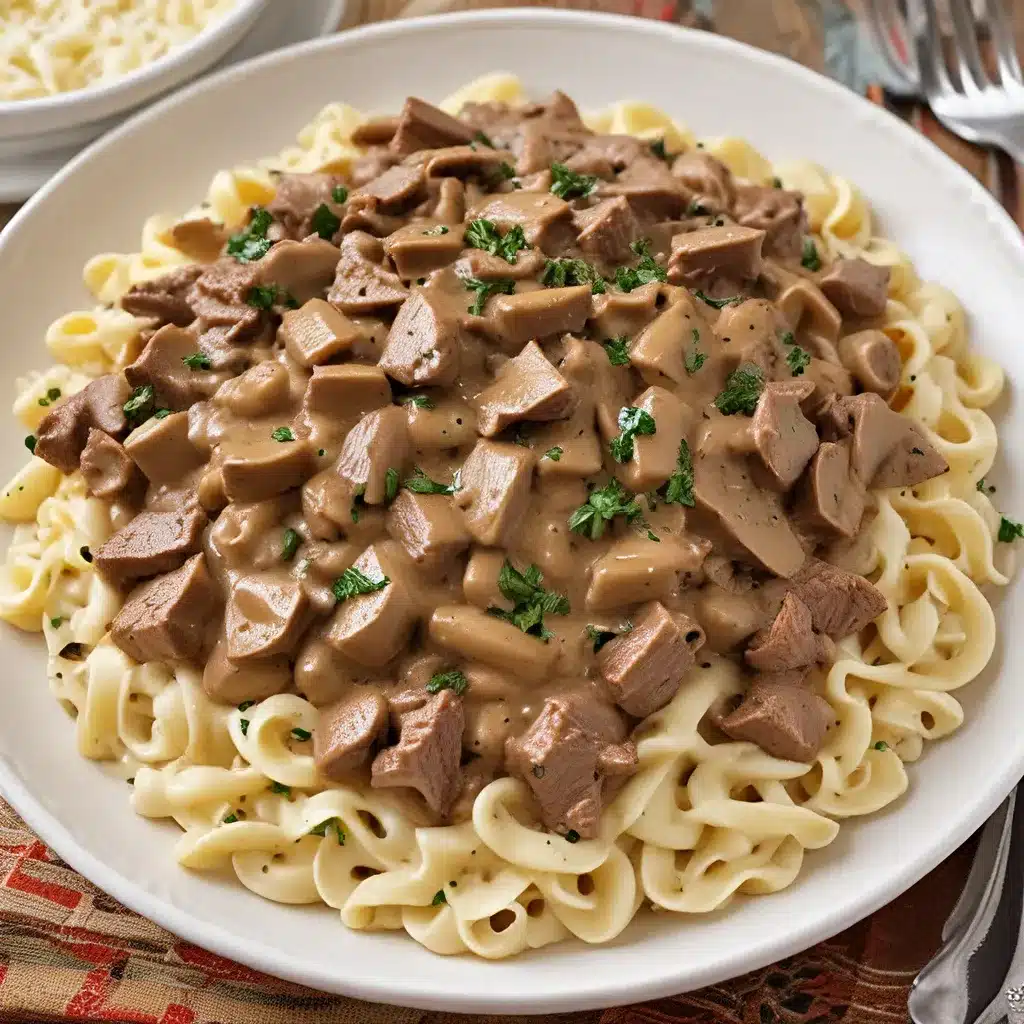
The Cajun Calling: Discovering the Vibrant Flavors of New Orleans
When the time of year rolls around where the air is crisp and the calendar flips to Mardi Gras, my tastebuds start tingling with the thought of the bold, spicy flavors that define Cajun and Creole cuisine. From the hearty richness of gumbo to the flaky indulgence of beignets, the food of New Orleans has a way of capturing your senses and transporting you straight to the heart of the French Quarter.
This year, with Mardi Gras celebrations looking a little different, I figured there was no better time to channel those flavors right in my own kitchen. And when it comes to quintessential NOLA dishes, jambalaya is most definitely at the top of the list. This one-pot wonder is the perfect balance of savory sausage, plump shrimp, and fragrant rice – all cooked together in a spicy, tomatoey sauce that will have your taste buds doing a happy Cajun dance.
Home Cooking Rocks is the perfect place to indulge in this Cajun jambalaya recipe, as we pride ourselves on bringing the bold flavors of the South right to your table. So pull up a chair, grab a spoon, and get ready to experience a little bit of the Big Easy in every bite.
The Cajun vs. Creole Conundrum: Tomatoes Take the Spotlight
Now, before we dive straight into the recipe, let’s address the age-old question – what exactly is the difference between Cajun and Creole cuisine? As someone who admittedly isn’t an expert on the rich food traditions of Louisiana, I’ve gleaned that the key distinction often comes down to the use of tomatoes.
Creole food, like the jambalaya I’m sharing today, typically features tomatoes as a prominent ingredient. On the other hand, Cajun cuisine tends to steer clear of the juicy red fruit. Of course, this is a broad generalization, as the culinary landscape of the region is far more complex and diverse. But for the sake of our jambalaya adventure, let’s just say that the presence of those vibrant tomatoes is what sets this Creole version apart.
Personally, I’m a big fan of the tomatoey goodness that Creole cooking brings to the table. That’s why I love using Red Gold Tomatoes in my dishes. Their tomatoes are steamed-packed at the peak of ripeness, locking in that fresh-from-the-vine flavor without any canned aftertaste. Plus, as a sustainable brand that sources from Midwest family farms, I feel good about supporting their operation.
Building the Flavor Foundation: Sausage, Shrimp, and the Holy Trinity
With the Cajun vs. Creole debate settled, let’s dive into the star ingredients that make this jambalaya an absolute showstopper. First up, the sausage. Traditionally, you’ll want to use a spicy Cajun or andouille sausage to really capture that authentic NOLA flavor. However, if heat isn’t your thing or you can’t track down those specialty sausages, a good quality smoked sausage will do the trick just fine.
Next, we’ve got the shrimp. Plump, juicy shrimp are the perfect pairing for the robust sausage, adding a sweet, briny contrast to the dish. And speaking of contrasts, let’s not forget the holy trinity of Cajun/Creole cooking – onions, bell peppers, and celery. These aromatic veggies form the flavor foundation for the jambalaya, infusing every bite with that signature Bayou essence.
Parboiled Rice: The Secret to Jambalaya Perfection
Now, when it comes to the rice, you might be tempted to reach for your standard long-grain variety. But trust me, for a jambalaya that truly shines, parboiled or “converted” rice is the way to go. This type of rice has been pre-cooked with the husk still intact, which forces some of the nutrients from the outer layer into the grain.
But the real magic happens in the cooking process. Because parboiled rice has been partially cooked, it releases less starch than regular rice. That means you end up with individual grains that are perfectly separated, rather than a sticky, gloppy mess. It’s a simple swap that makes a world of difference in the final texture of your jambalaya.
Bringing It All Together: The Jambalaya Assembly
Alright, now that we’ve covered the key players, let’s get to the good stuff – assembling this Cajun jambalaya masterpiece. It all starts with rendering that savory sausage in a large Dutch oven or heavy-bottomed pot. Once it’s nice and browned, you’ll remove the sausage and set it aside, leaving behind all that flavorful fat.
Into that aromatic oil goes the holy trinity – onions, bell peppers, and celery – sautéed to sweet, tender perfection. Then, it’s time to add in the garlic, Creole seasoning, and a splash of broth to deglaze the pan. This is where the flavor really starts to build, with those caramelized bits mixing with the spices to create an irresistible aroma.
The next step is where the jambalaya really comes together. In goes the parboiled rice, diced tomatoes, and the rest of the broth. After a quick stir, you’ll let this simmer away, allowing the rice to gently absorb all those rich, tomatoey flavors. Just when you think it can’t get any better, you’ll fold in the sausage, shrimp, and a touch of fresh parsley.
Cajun Jambalaya: A Spicy, Saucy Sensation
And there you have it, my friends – a big, beautiful bowl of Cajun jambalaya that’s sure to transport you straight to the heart of New Orleans. The combination of smoky sausage, succulent shrimp, and perfectly cooked rice, all smothered in that vibrant, tomatoey sauce, is an absolute flavor explosion.
This dish is the perfect way to bring a little Mardi Gras spirit into your home, even if the parades and parties look a bit different this year. And with how quick and easy it is to whip up, you can enjoy the taste of the Big Easy anytime the craving strikes.
So gather your loved ones around the table, grab a spoon, and get ready to dive into a jambalaya adventure that’s sure to have your tastebuds doing a happy dance. After all, at Home Cooking Rocks, we believe that the best memories are made when you’re sharing a delicious meal together. Laissez les bons temps rouler!






